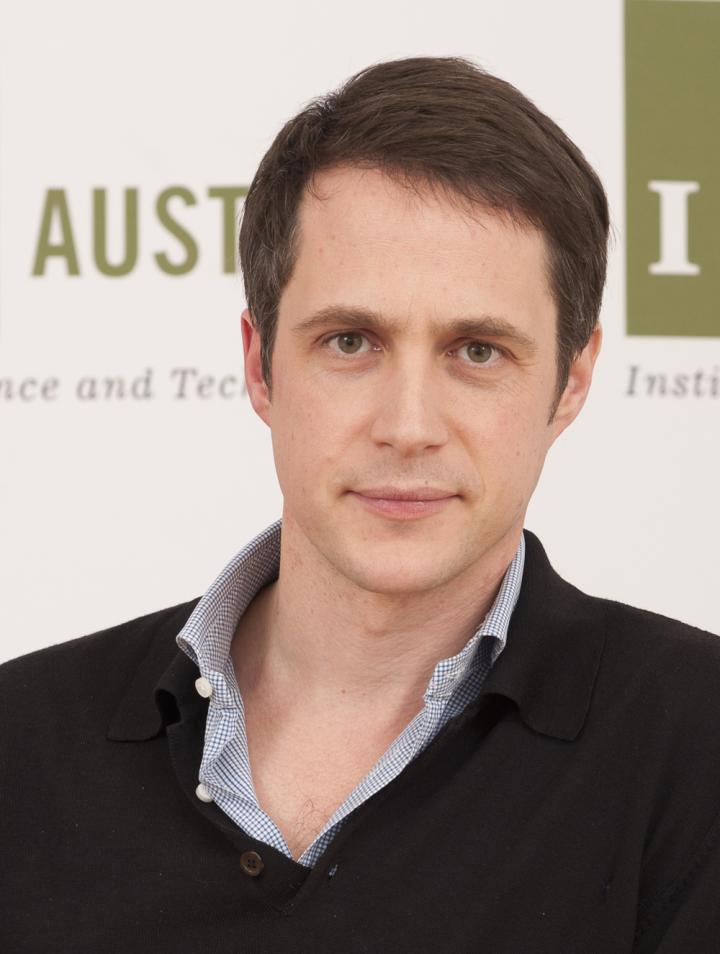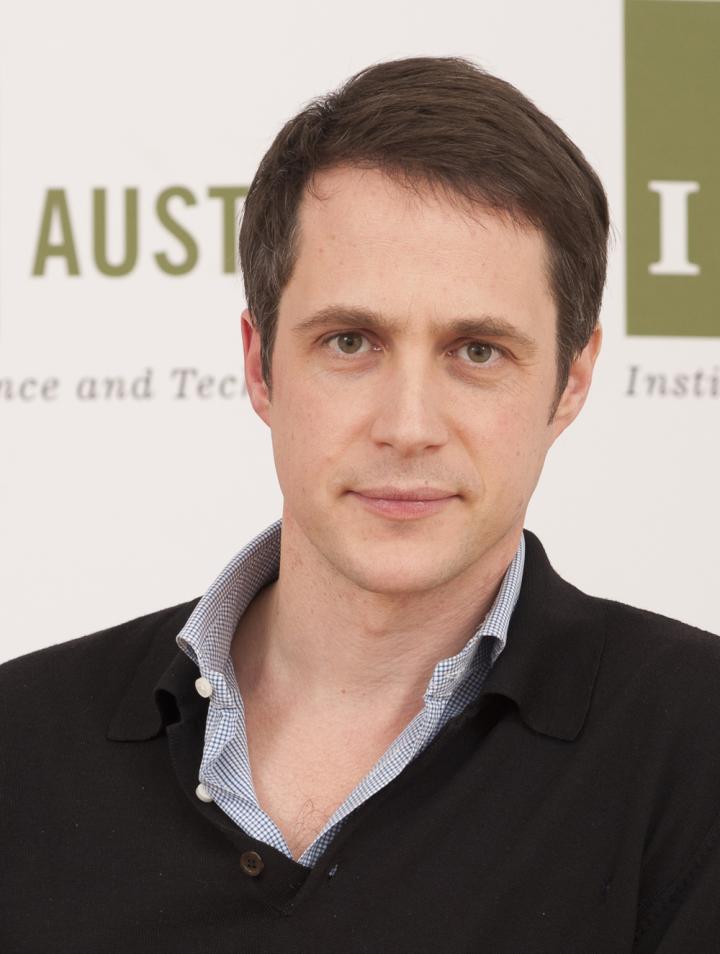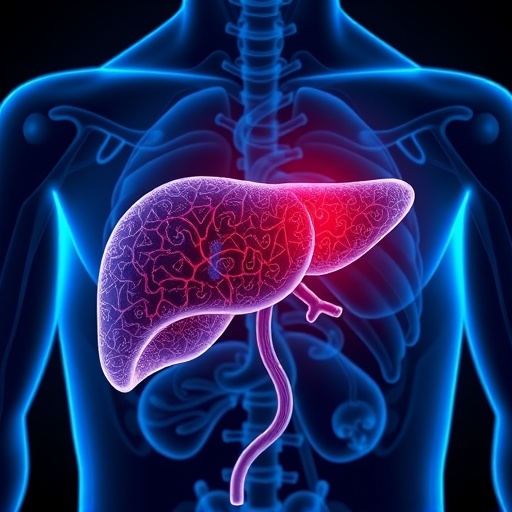
Credit: IST Austria
With two newly awarded Advanced Grants, the total number of ERC-funded projects at the Institute of Science and Technology Austria (IST Austria) has risen to 33. Biologist Carl-Philipp Heisenberg, who has made a name for himself with his discoveries in the field of embryonic development, is one of the two grantees. In his project "Interaction and feedback between cell mechanics and fate specification in vertebrate gastrulation", which will be funded for five years, he will study the interplay between the different mechanisms that determine the shape of an embryo.
There are two types of processes that play important roles during embryonic development. First, there are the so-called gene regulatory networks. These determine the specific identity a given stem cell will acquire during development. Then, there are the physical processes that shape cells and tissues. These two types of processes must interact to ensure that the tissues and organs of the developing organism are shaped and arranged correctly, but currently very little is known about this important interplay. In his new ERC-funded project, Heisenberg will work to close this gap.
Heisenberg and his group have recently announced several major breakthroughs in the study of the physical processes underlying embryonic development. First, they demonstrated that surface tension coordinates tissue shape changes during early zebrafish development in a process called "doming" (click here for more details). Moreover, in their latest Nature Cell Biology paper, they proved that mechanical forces such as friction regulate the formation of the neural plate (see press release). Now, they will take their research a step further and study how tissue mechanics feed back into the gene regulatory networks and vice versa.
To accomplish this, Heisenberg will focus on a specific phase of embryonic development called gastrulation, a common and fundamental process in animal development. During this phase, an initially unstructured cluster of cells is transformed into an embryo consisting of three germ layers: the ectoderm, endoderm and mesoderm.
Heisenberg and his group will combine an experimental approach involving genetic, cell biological and biophysical experiments with mathematical modelling — an innovative approach that is not only perfectly in line with IST Austria's principle of interdisciplinarity, but which might also provide answers to an as-of-yet unresolved question in developmental biology: how cell mechanics, dynamics, and genetic aspects work together to give an embryo its shape.
###
Carl-Philipp Heisenberg studied Biology at the Ludwig-Maximilians-Universität München, and obtained his PhD in 1997 at the Eberhard?Karls?Universität Tübingen and the Max-Planck-Institute for Developmental Biology in Tübingen in the research group of Nobel laureate Christiane Nüsslein-Volhard. After his postdoctoral studies at the University College London, he headed a research group at the Max-Planck-Institute of Molecular Cell Biology and Genetics in Dresden as an Emmy-Noether Junior Professor. He joined IST Austria in 2010 as the third professor and moved on campus not long after the opening of the Institute in 2009. In 2015 he was elected member of the Leopoldina — the German National Academy of Sciences — and in 2016 he was elected member of the European Molecular Biology Organization (EMBO).
Media Contact
Elisabeth Guggenberger
[email protected]
43-022-439-000-1199
@istaustria
http://Www.ist.ac.at
############
Story Source: Materials provided by Scienmag





